Candidates are not limited in the number of times they can take the exam. They can register for one or all three sessions when the system opens.
The first two rounds of exams are expected to be held at universities in Hanoi such as University of Science and Technology, University of Water Resources, and National Economics . The July exam may take place in additional provinces and cities such as Hai Phong, Nghe An, Da Nang, Thanh Hoa, and Thai Nguyen. Hanoi University of Science and Technology said it can accommodate more than 10,000 candidates per round.
With the goal of expanding the ability to apply the results of the Thinking Assessment test to universities and academies in the fields of economics, finance, banking, industry, agriculture , medicine, etc. and in accordance with the current and new general education programs, Hanoi University of Science and Technology decided to adjust the structure and content of the test, applicable from 2023.
The test has been adjusted to be more concise, from 270 minutes to 150 minutes, eliminating thinking according to subject combinations from Math + Reading + Natural Science + English to content assessing Math thinking, reading comprehension thinking and problem solving thinking.
The school will organize multiple-choice tests on computers in 1 session (150 minutes), many test sessions, many test locations, issue test result certificates valid for 2 years, with no limit on test takers or number of test times.
The Mathematical Thinking section, which includes multiple-choice questions in 60 minutes, assesses the overall development of students' mathematical thinking and abilities through the 11th and 12th grade Math program at high school and a small area of arithmetic knowledge.
The test content includes knowledge of Arithmetic, Algebra, Functions, Geometry, Statistics and Probability. The question structure requires meaning in both the problem and context, representing mathematical relationships; accessing mathematical knowledge from memory; combining with given information; modeling, calculating and manipulating mathematics; interpreting; applying reasoning skills, making decisions based on mathematics and appropriate algorithms/algorithms.
The Reading Comprehension section is a multiple-choice test, lasting 30 minutes, designed to measure the ability to read quickly and understand correctly. The questions require students to transform meaning from a number of texts in the following genres: Science, Literature, Journalism, etc., to measure the ability to gather information from what is clearly stated and reason to determine the hidden meaning.
Questions require students to use their reasoning and referencing skills to identify main ideas, locate and explain important details; understand the sequence of events; compare, understand cause and effect relationships; determine the meaning of words, phrases and statements based on context, generalize, analyze the author's tone and method. Candidates must analyze and integrate information from multiple related texts... The reading comprehension content in the test is diverse and rich, related to topics of science, technology, economics, engineering, industry, agriculture, finance, banking, medicine.
The Scientific Reasoning section consists of multiple-choice questions (60 minutes). The test measures the interpretation, analysis, evaluation, reasoning, and problem-solving skills required in the scientific field.
This section is a collection of scientific information, followed by multiple-choice questions that measure the ability to: Calculate and interpret data; identify appropriate solutions to scientific information; and establish and implement evaluation models, inferences, and experimental results. Scientific information is conveyed in one of three different formats: data representation (scientific graphs, tables, and diagrams), research summary (description of one or more relevant experiments), or conflicting views (two or more incompatible summaries of theoretical models and phenomena)./.
Source


![[Photo] Ready for the top competitions of Vietnamese table tennis](https://vphoto.vietnam.vn/thumb/1200x675/vietnam/resource/IMAGE/2025/5/18/9c547c497c5a4ade8f98c8e7d44f5a41)

![[Photo] Party and State leaders attend the special art program "You are Ho Chi Minh"](https://vphoto.vietnam.vn/thumb/1200x675/vietnam/resource/IMAGE/2025/5/18/6895913f94fd4c51aa4564ab14c3f250)
![[Photo] Many young people patiently lined up under the hot sun to receive a special supplement from Nhan Dan Newspaper.](https://vphoto.vietnam.vn/thumb/1200x675/vietnam/resource/IMAGE/2025/5/18/6f19d322f9364f0ebb6fbfe9377842d3)


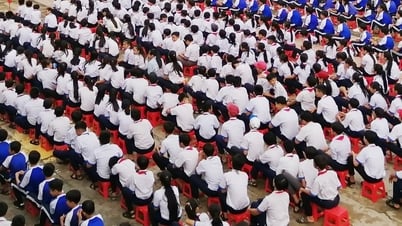

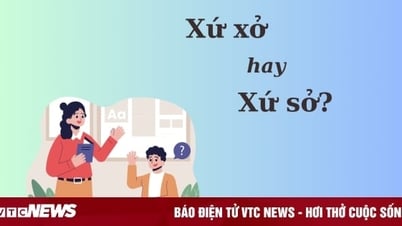

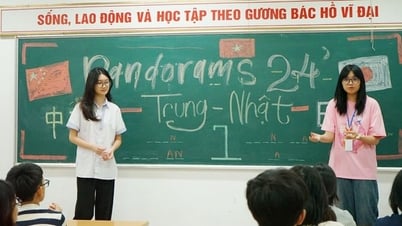

![[Infographic] Achievements of Vietnamese students at the 2025 International Science and Engineering Fair](https://vphoto.vietnam.vn/thumb/402x226/vietnam/resource/IMAGE/2025/5/18/67c3dbcf40744d06bf8164f789fcdc5c)

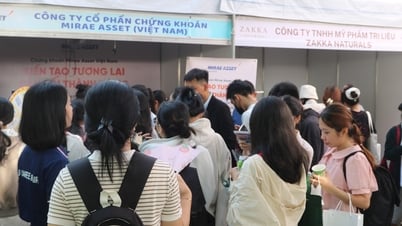







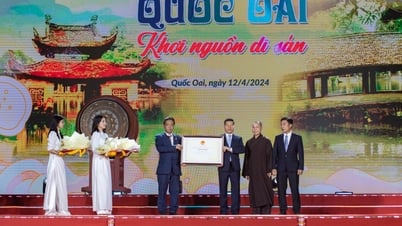

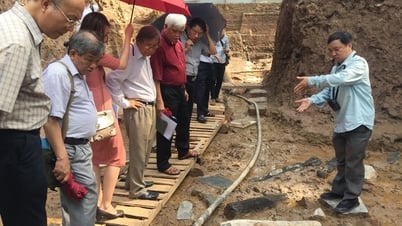

















































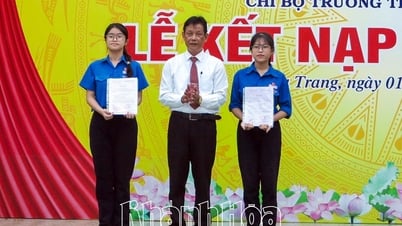
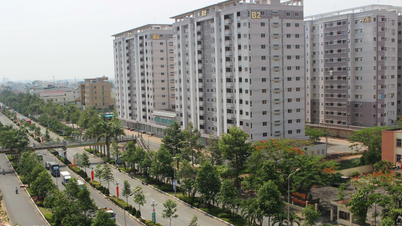



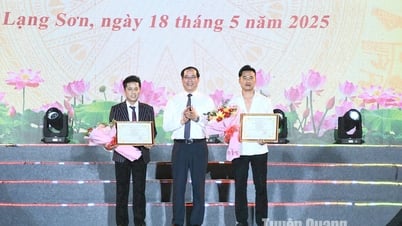











Comment (0)